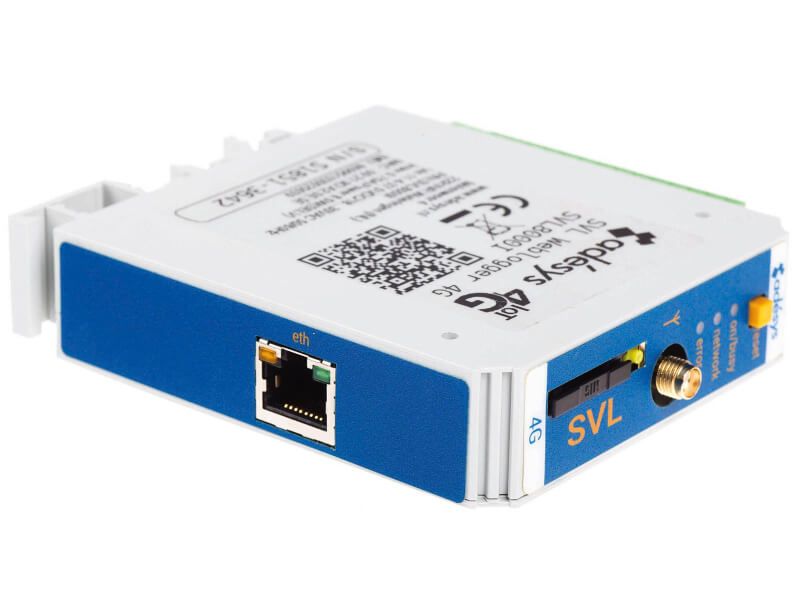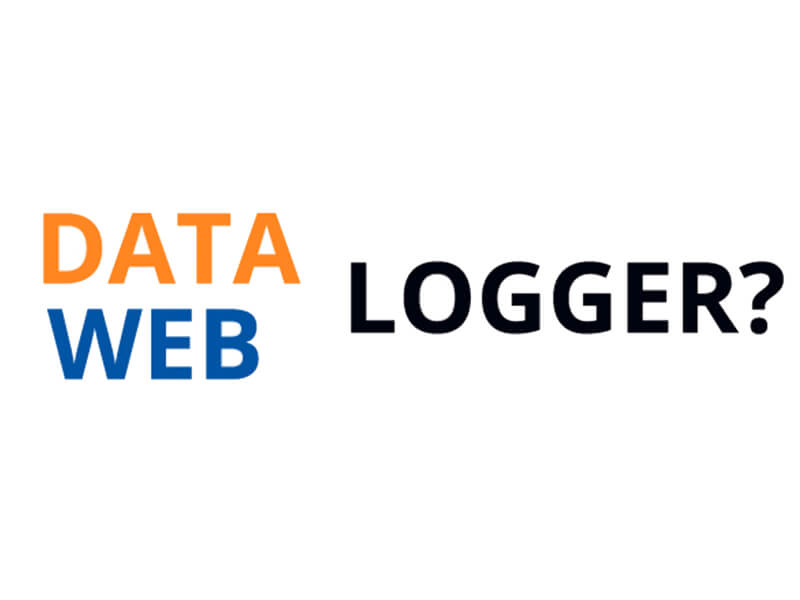Is it a datalogger or a weblogger?
Why log?
For many processes, it is critically important and often mandatory to constantly monitor and even record certain process values. This is known as “logging.” Examples of such measurement values include:
- Temperature
- Relative Humidity
- Pressure
- Level
- CO₂, CO
- Pulses
- Water quality

In the Netherlands, there are myriad examples of situations where certain measurement values are monitored and recorded via a datalogger:
- Temperature in the food industry; from production, bakeries, butcheries and supermarkets to transport and storage.
- Temperature in the pharmaceutical industry; from production to transport and storage in hospitals and pharmacies.
- Temperature, air quality, humidity in the building industry such as office and residential buildings; e.g. the central heating installations, server rooms, climate-control systems, water level in the basement, the air quality in a school.
- Water level and quality of e.g. surface water, drinking water or sewer water.
Measuring and recording values
If you want to record or store data and a measurement value may impact the quality or safety of your product, it is of the utmost importance to monitor these values carefully. A common example is the storage of perishable goods, such as meat, in cooling cells. Due to food-safety concerns, it is important to constantly measure and record the current temperature inside the cooling cell. In that case, temperature sensors are installed inside the cooling cell, which are then connected to a data logger or a web logger. The loggers can record the measurement values and data, e.g. temperature or humidity, via measurement samples with specific dates and times. The time between measurements, also known as the measuring interval, is often customisable.
However, what are the differences between a datalogger and a weblogger?
They perform practically the same task; they measure process values and store these data. How they do it is of critical importance to the performance of the logger:
Dataloggers
- Measure process values and store these data locally in the logger itself
- The data are accessed on site on the logger itself or via a PC
- Visualising the measurement data requires additional steps
- Their storage capacity is limited
Webloggers
- Measure process values and store these data in the cloud
- The data can be accessed remotely via e.g. a website
- Visualisation and trend curves of the measurements on a website
- It is possible to store large quantities of data
Dataloggers have been around for a long time. Webloggers, on the other hand, are a relatively new innovation whose popularity is growing rapidly. An important reason for this development is people's widespread acceptance of and trust in cloud storage. There have been myriad developments with regard to the secure storage of data in the cloud, which has given users more faith in this technology. Webloggers are secure, reliable and offer the added benefits of digital data storage and visualisation of measurement data. Furthermore, users can access these data anywhere and anytime. This makes webloggers a perfect alternative to traditional dataloggers.
Adésys and weblogging
Adésys has developed the SVL Weblogger. In addition to the standard functionalities of a weblogger, it also includes an alert feature. This alert feature facilitates threshold value monitoring with customisable upper and lower threshold values. If one of the threshold values is exceeded, the SVL issues an alert via text message. Furthermore, the weblogger sends all measured data to our platform Checkmyprocess.com or to a platform or website of your choice. By using the Meetcentrale platform, it is also possible to set up or modify the SVL remotely.

